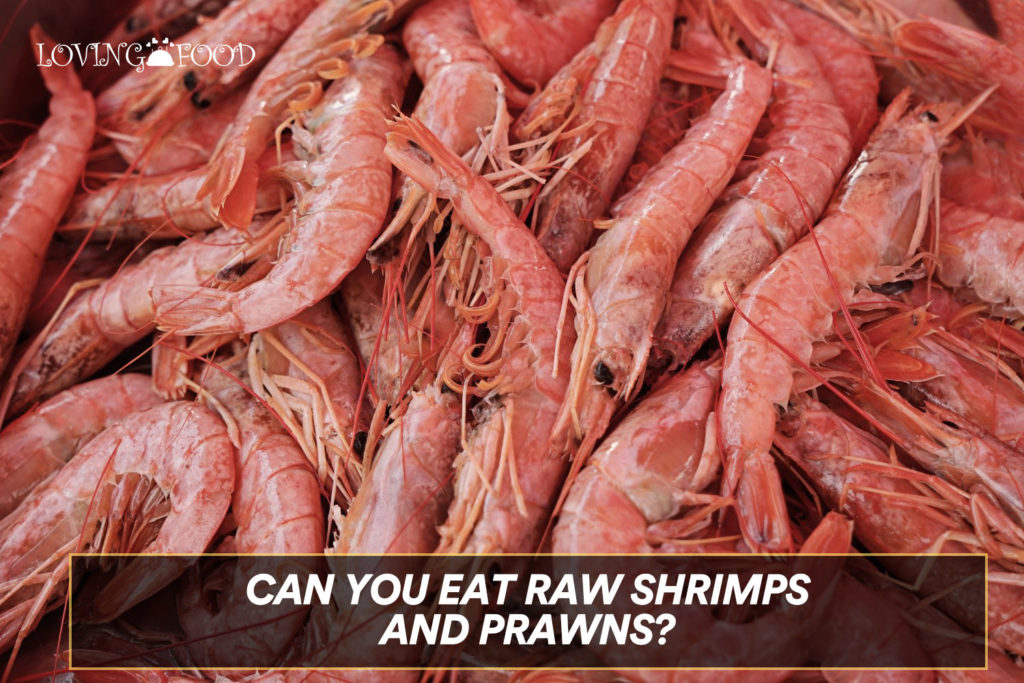Mahi Mahi is a popular fish used for delicious fish meal recipes. Mahi Mahi is the local name for dolphin fish. The local name gained prominence when people started confusing the fish with dolphins. As a common ingredient for fish recipes, you may wonder if you can eat Mahi Mahi raw and if there may be health repercussions.
Yes, you can eat Mahi Mahi raw if it is fresh and properly gutted.
Keep reading to discover why you can eat Mahi Mahi raw and if there are health benefits to eating raw Mahi-mahi. We have provided tips on how to eat raw Mahi Mahi in this post.
Mahi Mahi Nutrition
These are the nutritional elements contained in a serving size of 204 grams. Per serving, raw Mahi Mahi contains 173 calories.
| Nutritional element | Grams | Daily value |
| Total fat | 1.4 g | 2% |
| Saturated fat | 0.4 g | 2% |
| Polyunsaturated fat | 0.3 g | |
| Monounsaturated fat | 0.3 g | |
| Cholesterol | 149 mg | 50% |
| Sodium | 180 mg | 8% |
| Potassium | 849 mg | 24% |
| Total carbohydrate | 0 g | 0% |
| Protein | 38 g | |
| Vitamin C | – | – |
| Vitamin A | – | 7.3 |
| Vitamin B6 | – | 0% |
| Iron | – | 13% |
| Magnesium | – | – |
| Calcium | – | 2.4% |
| Cobalamin | – | 0% |
Is It Okay to Eat Mahi Mahi Raw?
Yes, you can eat Mahi Mahi raw. However, the Mahi Mahi must be fresh and gutted before consumption.
Mahi Mahi is used in a variety of dishes, including sushi, ceviche, yusheng, poke, sashimi, Crudo, and tartare.
The flavor of raw Mahi Mahi is mildly sweet. The fish has a firm texture, making it ideal for recipes that call for raw fish as the main ingredient.
Eating Mahi Mahi Raw?
It is safe to eat raw Mahi Mahi as long as it is fresh and has been gutted. Eating freshly gutted fish is an effective measure against food poisoning. Gutting your fish is necessary to keep the fish fresh because the internal organs decompose first. The decomposition of the fish’s interior organs accelerates the spoiling process.
Note that eating raw Mahi Mahi that is not fresh puts you at risk of contaminating food poisoning. Common foodborne illnesses from eating contaminated Mahi Mahi include scombroid poisoning, roundworm, and fish tapeworm infection.
Diarrhea, vomiting, abdominal pain, itching, headache, irregular heartbeat, nausea, sweating, disorientation, and tongue burning are all signs of eating spoiled or contaminated Mahi Mahi. Here is how to properly gut your fish to prevent it from spoiling.
Potential Health Benefits Of Eating Raw Mahi Mahi
Raw Mahi Mahi is high in omega-3 fatty acids, vitamin A, and minerals such as potassium, calcium, sodium, and iron. Raw Mahi Mahi contains the beneficial cholesterol that your heart requires.
By lowering inflammation in blood arteries and joints, omega-3 fatty acids lower the risk of heart disease. Vitamin A found in Mahi Mahi promotes cell growth, enhances vision, and aids in immune system health.
Furthermore, raw Mahi Mahi is not subjected to the high temperatures associated with grilling and roasting, which can deplete nutrients and expose them to chemical substances.
Before Eating Raw Mahi Mahi
The following tips will reduce your chances of contaminating fish-borne illnesses:
- Ensure you buy Mahi Mahi which is fresh and healthy. Always check the use-by date before purchase. Look for signs of spoilage. The common signs are sliminess, pungent fishy aroma, and milky color.
- Keep fresh Mahi Mahi refrigerated immediately after gutting. Avoid buying Mahi Mahi which is not well refrigerated.
- If you have a burning or burning sensation after eating Mahi Mahi, discard it immediately.
- Ensure the grocery store or fish stall adheres to the FDA’s guidelines for preserving seafood.
- Cook and consume your Mahi Mahi within 48 hours of purchase.
- Wash your hands properly before and after preparing your raw Mahi Mahi meal.
- Avoid cross-contamination with other food items.
- Mahi-Mahi should not be left out on the counter for longer than 2 hours as it will be exposed to bacteria that can lead to food poisoning.
Final Note
Mahi Mahi can be enjoyed both as a raw and cooked meal. Regardless of your preference, ensure your Mahi Mahi is thoroughly cleaned before consuming it.
To avoid contamination, follow the guidelines we have provided.
Keep reading:








